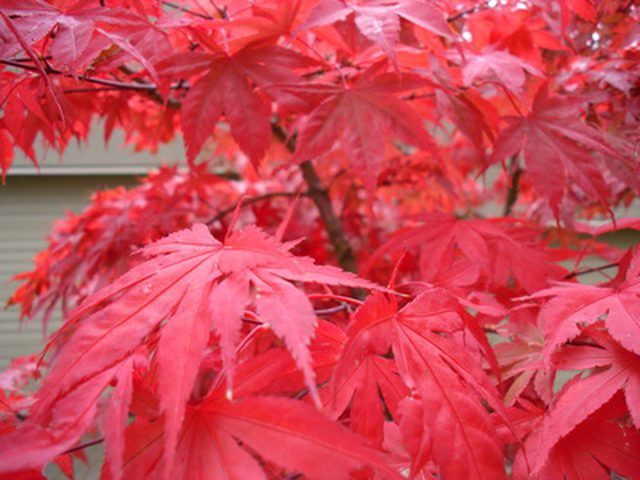Bulbs
Flower Basics
Flower Beds & Specialty Gardens
Flower Garden
Garden Furniture
Garden Gnomes
Garden Seeds
Garden Sheds
Garden Statues
Garden Tools & Supplies
Gardening Basics
Green & Organic
Groundcovers & Vines
Growing Annuals
Growing Basil
Growing Beans
Growing Berries
Growing Blueberries
Growing Cactus
Growing Corn
Growing Cotton
Growing Edibles
Growing Flowers
Growing Garlic
Growing Grapes
Growing Grass
Growing Herbs
Growing Jasmine
Growing Mint
Growing Mushrooms
Orchids
Growing Peanuts
Growing Perennials
Growing Plants
Growing Rosemary
Growing Roses
Growing Strawberries
Growing Sunflowers
Growing Thyme
Growing Tomatoes
Growing Tulips
Growing Vegetables
Herb Basics
Herb Garden
Indoor Growing
Landscaping Basics
Landscaping Patios
Landscaping Plants
Landscaping Shrubs
Landscaping Trees
Landscaping Walks & Pathways
Lawn Basics
Lawn Maintenance
Lawn Mowers
Lawn Ornaments
Lawn Planting
Lawn Tools
Outdoor Growing
Overall Landscape Planning
Pests, Weeds & Problems
Plant Basics
Rock Garden
Rose Garden
Shrubs
Soil
Specialty Gardens
Trees
Vegetable Garden
Yard Maintenance
How to Care for an Inaba Shidare Japanese Maple Tree
How to Care for an Inaba Shidare Japanese Maple Tree. Inaba-shidare Japanese maple (Acer palmatum) is a deciduous shrub or small tree from the Sapindaceae family. Japanese maples are native to Japan, Korea and China, but grow well in USDA hardiness zones 5 to 9. The mature height reaches from 6 to 10 feet with spreads ranging from 8 to 15 feet....

Inaba-shidare Japanese maple (Acer palmatum) is a deciduous shrub or small tree from the Sapindaceae family. Japanese maples are native to Japan, Korea and China, but grow well in USDA hardiness zones 5 to 9. The mature height reaches from 6 to 10 feet with spreads ranging from 8 to 15 feet. Inaba-shidare Japanese maple trees have lace-like leaves first appearing as a dark purple, which change to a purple-red in summer and then a vivid red in autumn. Caring for Japanese maples requires low maintenance.
Things You'll Need
Shovel
Mulch
Water
Pruning shears
Fertilizer
Using a shovel, plant the Inaba-shidare Japanese maple in an area with full sun to partial shade and moist, well-drained soil. Protection from the afternoon sun prevents new foliage from becoming scorched in the summer. Select an area that allows enough room for the tree's mature size.
Cover the area around the canopy of newly planted Inaba-shidare Japanese maple with 3 to 4 inches of mulch. Keep the mulch at least 6 inches from the base of the trunk. The mulch is vital in keeping the soil moist and prevents weeds from growing. Reapply mulch or well-rotted compost every year.
Supply enough water to the Japanese maple to retain moist soil conditions, but do not let the soil around the tree get soggy. The amount needed varies, depending on location, soil and amount of rainfall. Check the soil below the mulch and water when needed to maintain moist soil.
Prune Inaba-shidare Japanese maple trees if you wish to maintain height, as pruning isn't really necessary. However, prune any damaged, broken or diseased branches any time and remove smaller branches crowding (touching or crossing) the center of the tree during the dormant season.
Add a balanced fertilizer (as directed on the label) each year in the beginning of spring and reapply in July. Spread the fertilizer around the canopy area of the Japanese maple, but stay clear of the trunk area. Saturate with water to force the fertilizer into the soil.